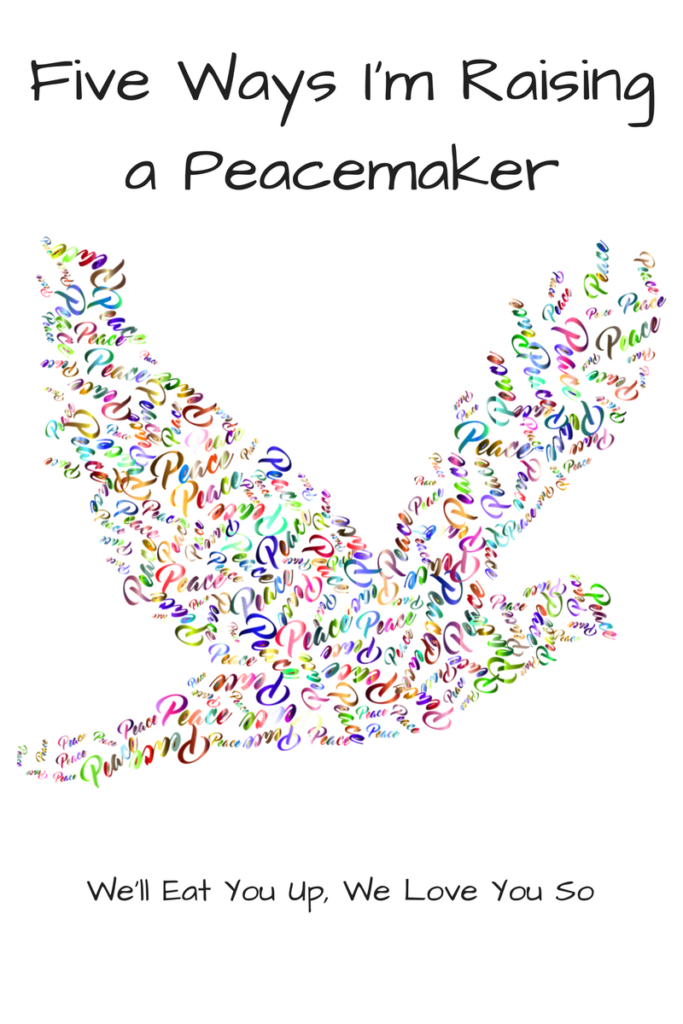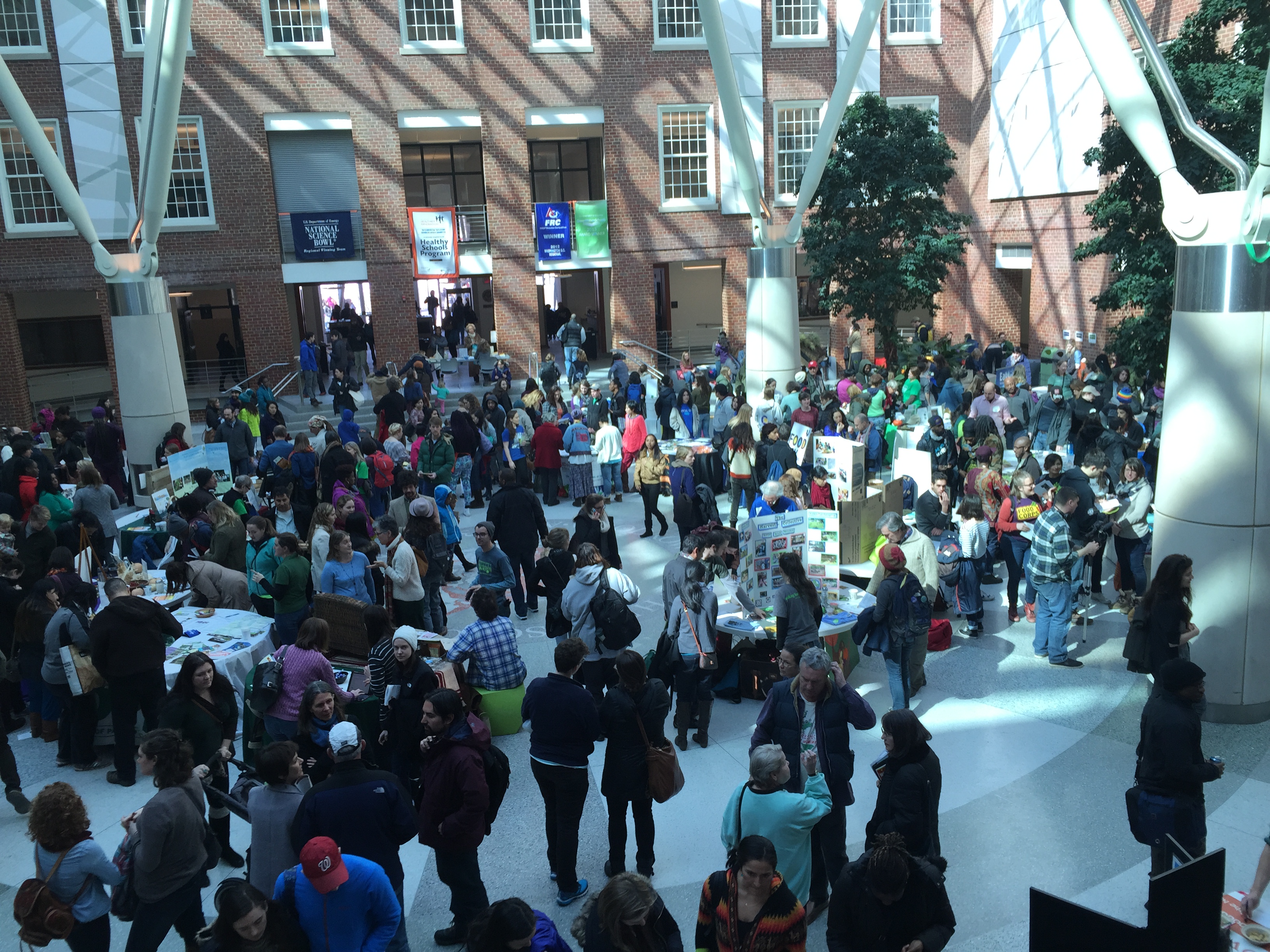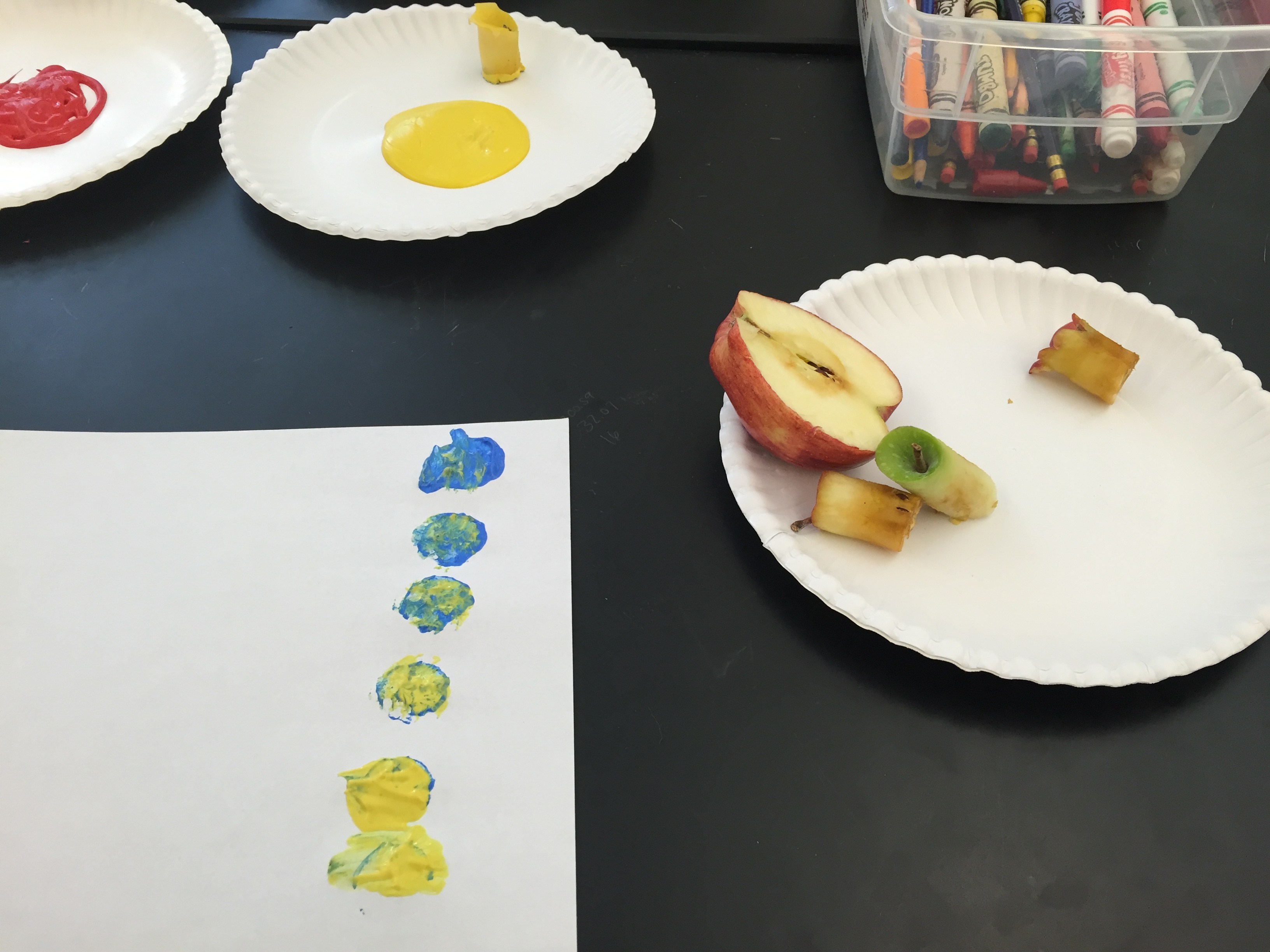I believe in being positive, especially as a parent, but sometimes I get frustrated. I get angry when people are being oppressed, when someone is reinforcing prejudicial societal patterns, or when people are putting others in unnecessary pain. These Open Letters are either to the people making me mad or those suffering.
Dear kids that are bullied,
I know how you feel. It was many years ago, but I still carry the mental scars – of having gum stuck in my hair, being told that I “needed a facial,” having my poetry notebook stolen repeatedly, having a boy send another girl to tell me that he would rather cut off his dick than go out with me. These memories still sting, ring in my ears when I look in the mirror. But I survived. And more importantly, I learned some hard-earned truths. While my son is too young to be bullied – and I hope he never is – I’ll share them with him if necessary. In the meantime, I hope can help some bullied kids – and maybe adults – today.
1) Know that you aren’t alone.
Bullying is a huge problem – more than 20% of kids report being bullied. Even if you don’t know it, the same people who are bullying you are probably bullying others too. Unfortunately, no one wants to admit to being bullied; society sees it as shameful. So we blame ourselves, even though we’re the victims. And even though adults don’t want to admit it, bullying is a problem way beyond schools. Bullying is an abuse of social power, plain and simple, and there’s way too much of it in our society. From police brutality to victim-blaming rape culture to institutional classism, we have a culture that condones and even promotes bullying. Knowing how to fight back against bullying is an invaluable life skill.
2) Ignore the well-meaning advice to “ignore bullies.”
This is bullshit. If bullies don’t get a reaction, they will not stop – they’ll just scale up their abuse until they do get a reaction. Instead of diffusing the situation, this tactic actually ends up escalating it. Plus, as anyone who has ever tried to ignore a bully knows, it’s incredibly hard to actually do so. Inevitably, you’ll give even the smallest reaction away, providing a foothold for them to dig into.
3) Find your people.
Many people say to go to an authority figure if you’re being bullied. This is not entirely bad advice, but it’s highly flawed. In many cases, the authority figure is on the side of the bully, either because the authority figure is a bully themselves or the bully has a high social status. In other cases, the authority figure wants to help, but can’t do much about it, especially if it’s psychological, not physical abuse.
Instead, I suggest making friends with everyone who will be friends with you – no matter what their social status. In school, it’s exceptionally tempting to make fun of the kids below you on the social ladder, in hopes that you’ll be seen as “cool” by kids higher up. This is utterly false. Bullies, of every type and age, want to divide and conquer; they want you isolated. Even if you could earn their respect, you shouldn’t want to. They are terrible people; you deserve better friends. One of the best things I did in junior high was befriend a couple of people who were even more outcast than I was. While I did it at first out of pity, it turned out that I needed their friendship as much as they needed mine. Unless you’re at a really small school, you can probably find at least a couple of other “weird kids” to hang out with. Don’t forget that you can be “just friends” with people of the opposite gender. Most of my high school friends were guys and I wish I had gotten to know them earlier. I’m actually still friends with most of them.
If there are a few adults you trust, you can bring them into that circle of support. It’s up to you to them about the bullying or not, but knowing there is someone you can talk to openly is incredibly valuable.
If you’re on the absolute bottom of the social ladder, try to find your tribe elsewhere. See if you can meet people in a club, like a gaming group, church youth group or non-school sport. If you’re geographically isolated or truly can’t find other outlets, the Internet has a massive number of online communities where people do truly offer support to each other, such as the commenters on Ana Mardoll’s blog. While these can be essential, it’s still the best in my opinion to have in-person friends. It’s terribly difficult to offer a real hug through the Interwebs.
4) Find your purpose outside of popularity or mass social acceptance.
While finding your purpose is something adults struggle with for years, it doesn’t need to be that complicated. It’s just a matter of finding something you truly love and can spend time doing. This could be playing an instrument, reading a certain type of book, or being into gaming. Having a hobby or fandom can connect you with groups of like-minded people (see step 3) and give you something you can truly enjoy even when people are being terrible to you. If you’re a nerd, it’s extremely likely you already have something like this and it’s something bullies make fun of.
5) Show your strength in your own unique way.
This is basically the point at which you give bullies the middle finger. This is a completely voluntary step, especially if the bullies are especially strong or you’re a special target of theirs. But bullies hate nothing more than feeling like someone is apathetic about their opinion or actively working against them. They want passive people who grovel or at least dare not speak. Unfortunately, this is not as simple as telling them that you don’t care what they have to say. Mainly because you probably do care a little and apathy is extremely difficult to fake.
Thankfully, you don’t have to be completely apathetic – just enough to show that their bullying can’t change your behavior or who you are. It’s saying that, “I oppose what you are and your actions, but I refuse to stoop to your level.” While it’s obviously much more serious than most things anyone will face in high school, I draw the most inspiration from the Civil Rights movement. Those protests and sit-ins weren’t just to raise awareness – they were a direct challenge to those racist institutions. Those protestors were reclaiming their dignity, saying, “No matter how much you push us down, we will stand back up and look you right in the eye.”
Probably one of the most obvious ways of doing this is to be an unabashed fan of something that the bullies have teased you about, whether that’s video games, being in band, musical theater, books, music or whatever. Instead allowing them to shame you, be proud of it. Wear t-shirts, carry books proudly, start a club. At first, it will be incredibly hard because it may draw more attention. But if you show that you will love it despite their opinion, I think they’ll eventually stop. Instead of lack of emotion towards them, it’s an active embracing of a topic despite their social pressure. This is different from ignoring bullies because instead of a lack of emotion towards them, it’s an abundance of enthusiasm in the opposite direction.
There are other ways to subvert the social order as well. I never did it myself, but I think greeting bullies with a giant, enthusiastic greeting every time you see them would be a total mindscrew. This requires an obscene level of self-control and acting skill, but a theater kid might be able to pull it off. Anything that upends their social control will reduce their power and minimize the hurt they can cause others.
I hope that this helps a few people. Any advice that you have for kids or anyone else being bullied?









